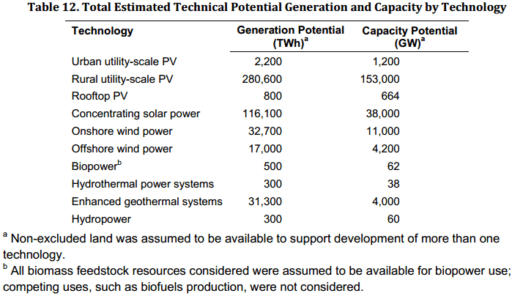Power can’t be destroyed neither can’t be created. Rather it can be transformed from one form to another. On the basic concept of this theory, researchers at the Massachusetts Institute of Technology (MIT) and RMIT University have made a breakthrough in energy storage and power generation. The power generated relative to the energy source size is 3 to 4 times greater than what is currently possible with the best lithium-ion batteries.
The team instructed by Associate Professor Dr. Kourosh Kalantar Zadeh from the School of Electrical and Computer Engineering and MIT Associate Professor Michael Strano. While, the team had been working on measuring the acceleration of a chemical reaction along a nano-tube, suddenly they found that, the chemical reaction generates power. Now the two expert researchers are trying to explore this phenomenon by using their own subjects chemistry and nano-materials. They have named their this project as ‘Nano-dynamite’.
To know more about Lithium-ion Batteries working process, click here.
According to the researchers, the transformation is quite simple. Fuel-coated carbon nanotubes could provide bursts of power to the smallest systems, which generates power. According to Associate Professor Kalantar Zadeh, “His experimental system has something that researchers had not seen before”.
Kalantar Zadeh said, “By coating a nanotube in nitrocellulose fuel and igniting one end, we set off a combustion wave along it and learned that a nanotube is an excellent conductor of heat from burning fuel. Even better, the combustion wave creates a strong electric current. Our discovery that a thermopower wave works best across these tubes because of their dual conductivity turns conventional thermoelectricity on its head. It’s the first viable nanoscale approach to power generation that exploits the thermoelectric effect by overcoming the feasibility issues associated with minimising dimensions. But there are multiple angles to explore when it comes to taming these exotic waves and, ultimately, finding out if they’re the wave of the future.”
Source : PsyOrg
Credit : RMIT University




